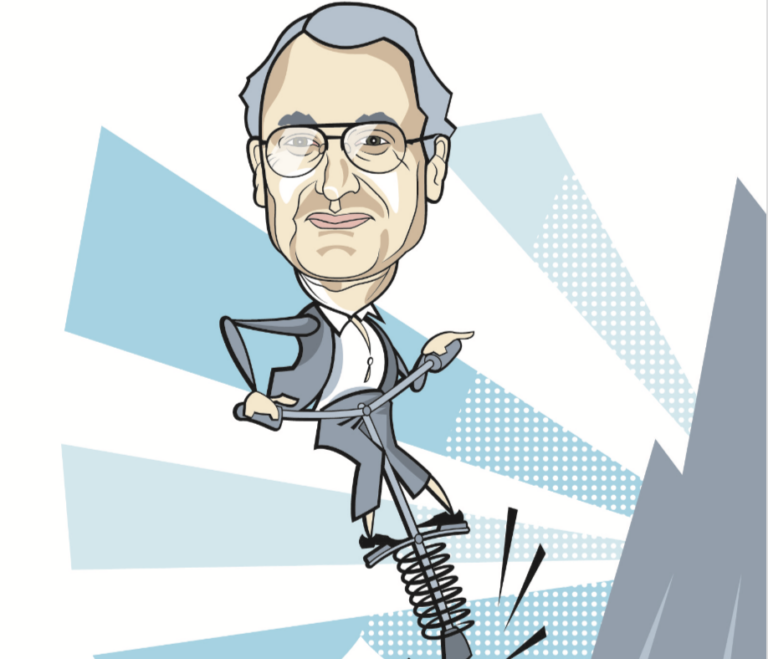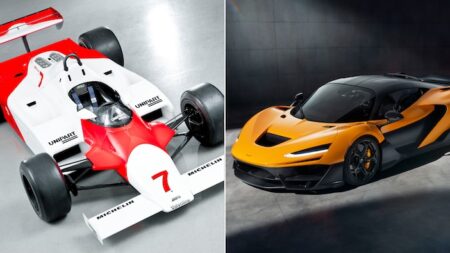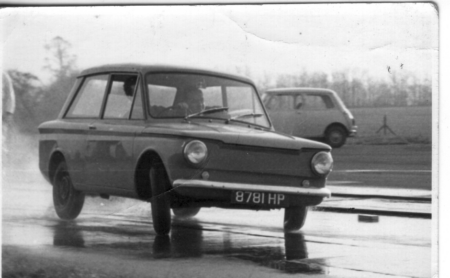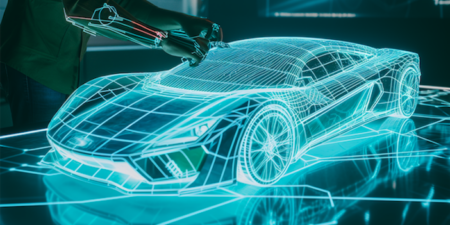This column is from our 2003 archive. Our technical editor John Miles, who sadly passed away in 2018, was a major industry figure, known initially for motor racing in the 1960s, including F3, F2 and GT racing at Team Lotus, and F1 racing in the 1970s. He had vast experience, having spent 18 years at Lotus Engineering, three years at Aston Martin, and 13 years at Multimatic Chassis Engineering.
I recently attended a meeting of top chassis engineers from a big league manufacturer where it was agreed that the future lies in maintaining existing levels of handling and grip while making gains in ride comfort and noise refinement.
Most cars will round corners at a steady-state 0.85-0.9G if asked. Yes, there are handling subtleties that need improvement. Steering feel is one. Some smaller family cars can be rather nervous at high speeds but, in general, family cars are safe, while up-market there is traction control, ABS and a variety of stability control systems to save the day.
I was heartened to find common ground, and that a dozen engineers have had the same problems that I had been living with for so many years. Again and again shake was cited as a particular issue. Murphy’s Law is very much in evidence here. Wheel hop frequencies are typically in the 9-15Hz range, which always seems to coincide with powertrain vibration modes and, in turn, exhaust system and perhaps subframe modes. A badly controlled unsprung mass starts what can be a very complex set of vibrations in large, flexibly mounted masses that can, in turn, set off a host of subsidiary vibration modes.
The correct choice of tire is a start, but being able to damp wheel hop effectively is vital, so a well-tuned damper is essential. The damper can only be as good as the damper top-mount. The better the connection between damper and body, the better the potential wheel hop control, but the worse the potential isolation from road noise where the damper has a very powerful influence.
Suspension concepts also affect top-mount design and shake. Struts may be kinematically unsound, but they have huge practical advantages over a multi-link. Now that friction problems have been mitigated by offset spring designs, the near 1:1 damper/wheel motion ratio, the big piston rod (therefore large oil flow through the damper valve), and only one mounting at the top allow a softer mount for a given level of damping control than can ever be achieved with the smaller damper and inferior motion ratios that are an inevitable part of a multi-link front suspension. For shake (and rolling comfort), excessive anti-dive is also a killer, especially on a strut suspension because it irrevocably drags the wheel center forward with vertical wheel motion. Undamped motion of the lower control arm has led to the Hydrabush. Hydramounts are found increasingly on powertrain mountings, yet cars still suffer from ride shake, even with effective damper ratios.
The best top-mount designs I have seen are only soft for a small displacement (1-2mm). After that, the stiffness ramps up steeply. Certainly too much linear range softness will result in very poor wheel control. A typical strut top mount is 50-60° Shore hardness, and 300-500N/mm in the linear range, snubbing out to much higher rates.
The unsprung mass is typically 50-55kg per corner (often more), and the force input to the spring, damper and top mount is a function of mass times acceleration. This means the top mount can see very high forces and so cannot really act as anything but a somewhat ‘flexible link’ between the damper and the body, which will get more flexible with temperature. This in turn almost guarantees that at some point there will be a lack of wheel control, and therefore the potential for shake and ‘dither’ to mar refinement. No matter how good the top mount is, it seems that we have to suffer some underdamping of the unsprung mass. The problem becomes acute with reductions in damper velocity ratio because, in theory, stiffness has to increase by the square of the velocity ratio for a given level of control. The two exceptions I know of are Renault and Peugeot, who somehow make awful damper velocity ratios work on their trailing arm rear axles while achieving acceptable NVH.
At our meeting, we were left with the conclusion that nobody has the ideal solution. Over the years, I have been converted from a multi-link enthusiast to a strut devotee, especially for front suspensions on anything, but a sports car, simply because of the pain I have suffered trying to tune dampers and top mounts on multi-link systems.
Enter stage left, 83-year-old Dr Alex Moulton. He still believes that the future for ride comfort does not lie with the continued fine-tuning of conventional suspensions, but in further refinement of his Hydragas system. Now there is a concept that can only realistically operate at all on poor velocity ratios…





